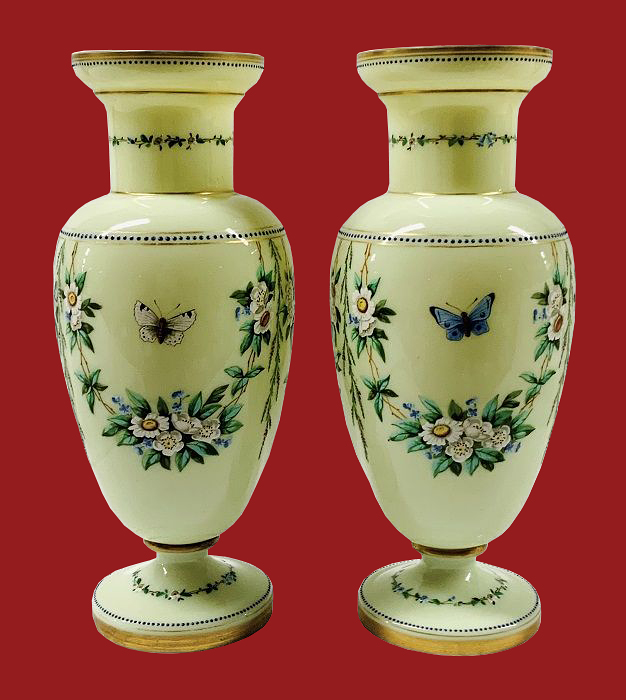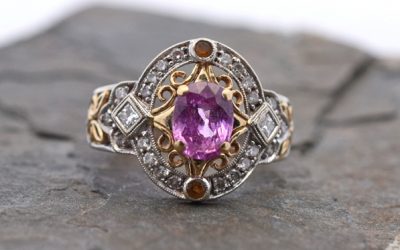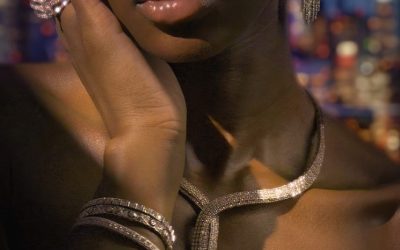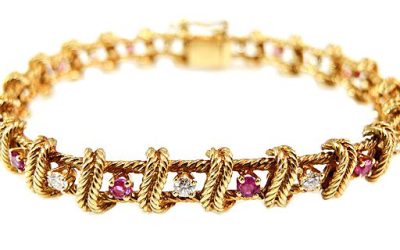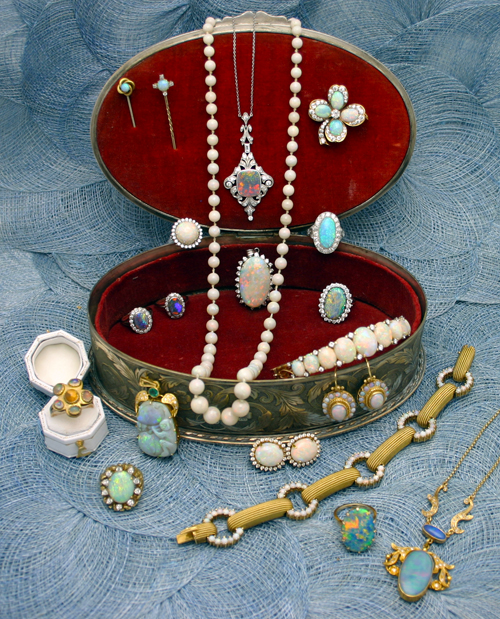
Look for these and more beautiful opal jewellery to come soon to www.cynthiafindlay.com.
Opals have traditionally been rooted in spirituality. Archeologist Louis Leakey, for example, found opal adornments in a 6000 year old Kenyan tomb. The most recent folklore originated in the nineteenth century. According to this superstition, opals bring good luck to to people with October birthday, for anyone else, however, opals were thought to bring bad luck. This folktale originated from Walter Scott’s novel Anne of Geirstein (1829). Fortunately, Queen Victoria used her royalty to bring the stone back to popularity.
Further back in history, opals were revered—often in connection with sight, both literal and metaphorically. For example, the ancient Greeks believed that an opal would grant foresight to its wearer. In addition to believing that opals could protect against disease, the Romans revered opals and saw them as a symbol of hope and purity. On the Asian continent the opal was regarded as a symbol of truth. The ancient Arabs believed that opals came from heaven and that the stone’s colour comes from flashes of lighting. Furthermore, in the Middle Ages, people believed that opals were beneficial for eyesight and even that they could render the wearer invisible.
It’s no wonder opals have historically been associated with sight; opals’ reflective colour makes the stone look almost alive, perhaps like an iridescent eye. What accounts for the colours and reflective quality of opals? Simply, opals are composed of a mineraloid substance that is deposited in a low temperature, often in the crevices of a rock. “Mineraloid” is similar to a mineral composition except that a mineraloid, unlike a mineral compound, is a non-crystalline structure. Other examples of non-crystalline minerals are amber and jet. Furthermore, tiny spheres of the mineral cristobalite layered in siliceous jelly cause the diffraction and interference patterns that cause the rainbow-like effect of the opal.
But we do not need to totally understand the chemical compositions of opals to appreciate their beauty. Whether we believe the light in an opal comes from flashes of heavenly lightning or siliceous jelly, there is no denying the stone’s appeal. Opal reminds me of the changing autumn colours. Perhaps this is why it is a fitting birthstone for October. I, however, agree with Queen Victoria that anyone should be able to wear opals, any time of year—I do hope you agree!

